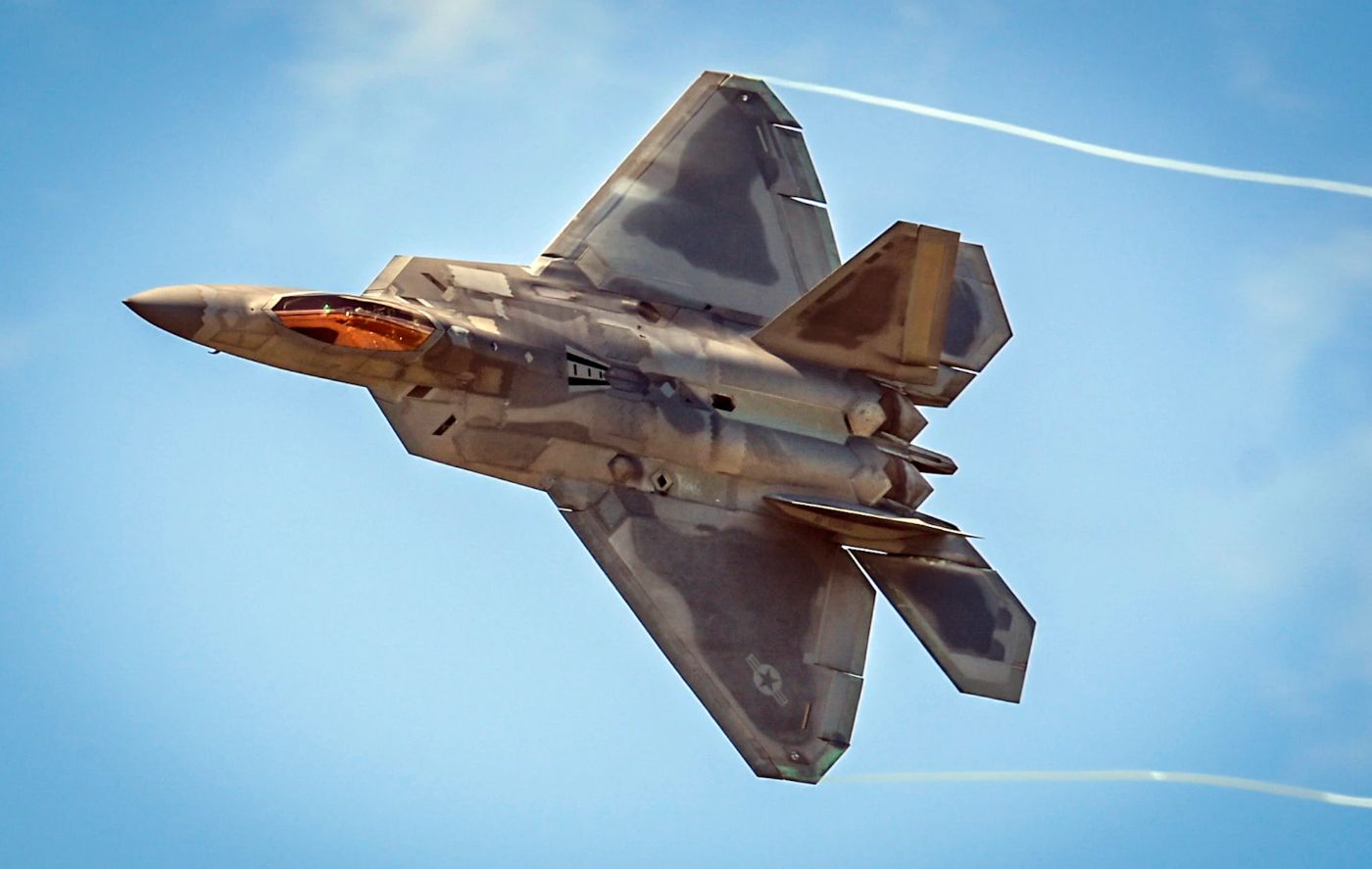The US Air Force (USAF) will soon be able to retire its older F-15 Eagle fighters and A-10 Warthogs. But it will have to wait to phase out its 32 older F-22A Raptor fighter jets. The final draft of the 2024 Defense Policy Bill released on December 7 seems like a compromise between the US Congress and the USAF.
The US Congress has allowed the retirement of 42 A-10 aircraft while temporarily reducing the total number of fighter aircraft the Air Force is required to maintain from 1,145 to 1,112.
The 2024 NDAA authorizes a defense budget of $886 billion after weeks of negotiations between House and Senate leaders. The final negotiated version of the bill now goes back to the full House and Senate for final passage before going to the President.
As part of its fiscal 2024 budget, the USAF has proposed to mothball 310 aircraft, including 42 A-10 Warthogs, to free up more money for its modernization programs. The USAF has been waging a long war to send the 1970s-era planes to the boneyard, saying it will save roughly US$4 billion in operating costs.
The lawmakers contend that A-10 missions can be done by other aircraft, including the F-35. However, the US Congress has vetoed it repeatedly, primarily because of technical delays and cost overruns in the F-35 development program.
Those favoring mothballing the A-10s contend that the airplane is great in an uncontested environment. And they remain ambivalent about how it will perform in more contested environments in the future.
After decades of wrangling, the US Congress has approved the retirement of 21 A-10s in the 2023 fiscal year. In 2023, the Air Force mothballed 21 of its fleet of 281 venerable A-10 ‘Warthog’ aircraft, marking the first time in roughly a decade that lawmakers have not intervened to prevent the Air Force from retiring any A-10s.
In the 2024 draft, NDAA doubled the number of A-10 Warthog retirements to 42 aircraft. This would bring the total number of A-10s down to 218. Thereafter, the USAF will report to Congress about how it will carry out close air support, combat search and rescue, and other missions done by Warthog before the further phasing out of these aircraft is approved.
Some lawmakers have been advocating sending the phased-out A-10s to Ukraine. The Department of Defense has yet to take a call on the same.
USAF Propose To Retire 57 F-15C & D-Model Fighters
The proposal to retire 32 F-22s has been halted. The earlier model F-22s are presently used for training, and getting them combat-ready would be expensive. In 2022, when the service had suggested retiring these F-22s, it was estimated that it would cost the US $1.8 billion over eight years to make them combat-worthy.
The NDAA prohibits the Air Force from retiring RQ-4 Global Hawk unmanned aerial vehicles until after the end of 2028 and limits the Air Force from reducing the fleet below 10 aircraft.
The US Congress prohibited the USAF from retiring T-1A training aircraft until the Air Force certifies the implementation of the Undergraduate Pilot Training 2.5 curriculum. It also reduces the total number of fighter aircraft that the Air Force must maintain.
The USAF’s proposal to retire E-3 Airborne Warning and Control System (AWACS) aircraft has also been stalled until the Air Force submits a plan to Congress for maintaining mission readiness with a reduced fleet or to procure sufficient numbers of E-7 Wedgetail aircraft to accomplish the required mission load.
Putting money where its mouth is, the USAF wants to spend more on the B-21 Raider stealth bomber, the Northrop Grumman-made next-generation nuclear missile known as the Sentinel, and the network of drone wingmen meant to fly alongside crewed fighter jets.
The US Congress has shown keen interest in the USAF’s drone wingmen project called Collaborative Combat Aircraft and wants to know how it will integrate them into its fleet. The lawmakers want to know how they plan to create the Next Generation Air Dominance future fighter platform. The US Congress passes a bill each year to set defense policy and funding priorities and give guidance on a range of key security matters.
2024 Defense Budget
The National Defense Authorization Act (NDAA) for the 2024 fiscal year authorizes a 5.2 percent pay increase for service members, measures to address competition with China, comprehensive training, advising, and institutional capacity-building programs for Taiwan’s military forces.

When passed by the US Congress, the bill will fully authorize the trilateral AUKUS agreement with Australia and the UK and codify into law a new nuclear mission for Virginia-class submarines.
The compromise draft of the annual defense policy bill also calls for maintaining 28,500 US troops in South Korea.
The NDAA has also authorized the Missile Defense Agency to procure components from Israel for the Iron Dome short-range rocket system. Funds and co-production with Israel for the David’s Sling weapon system and the Arrow 3 upper-tier interceptor program have also been approved.
The lawmakers have also approved the US Indo-Pacific Command to develop a comprehensive strategy to acquire and establish an integrated air and missile defense architecture for the command’s area of responsibility.
- Ritu Sharma has been a journalist for over a decade, writing on defense, foreign affairs, and nuclear technology.
- She can be reached at ritu.sharma (at) mail.com
- Follow EurAsian Times on Google News